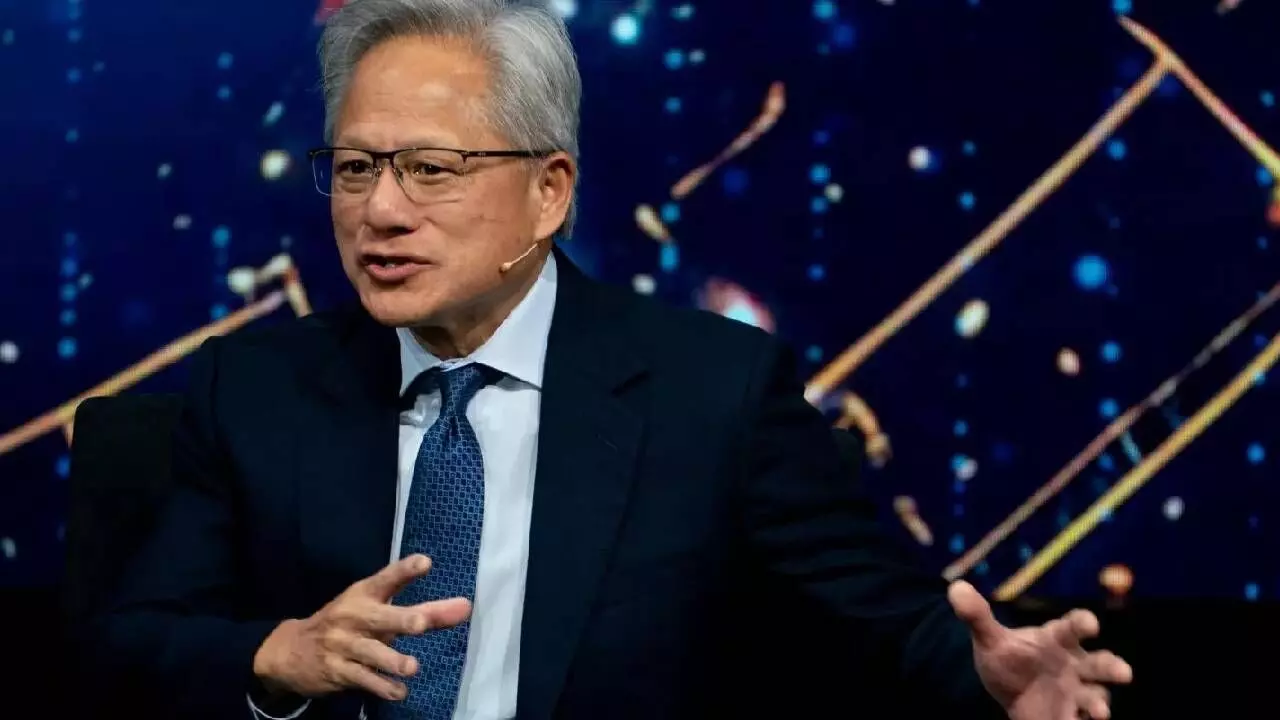Nvidia’s chief smacks down AI bubble talk
World’s most valuable company’s earnings clear lofty hurdle set by analysts amid fears about AI bubble
image for illustrative purpose

San Francisco: Nvidia’s sales of the computing chips powering the artificial intelligence craze surged beyond the lofty bar set by stock market analysts in a performance that may ease recent jitters about a Big Tech boom turning into a bust that topples the world’s most valuable company. During earnings call with analysts, Nvidia CEO Jensen Huang shared his views on company’s future, while allaying concerns over AI bubble. The company reported $51.2bn in revenue from data-center sales, beating expectations of $49bn.
“There’s been a lot of talk about an AI bubble. From our vantage point we see something very different. These earning numbers validate the AI Revolution is still early days and send the bears back into hibernation mode,” Huang said.
Nvidia supplies GPUs to majority AI model developers- OpenAI, Anthropic, xAI and Meta.
The results announced late Wednesday provided a pulse check on the frenzied spending on AI technology that has been fuelling both the stock market and much of the overall economy since OpenAI released its ChatGPT three years ago.
Nvidia forecasts fourth- quarter revenue of $65bn as against analysts’ prediction of $61bn. In recent weeks, investors increasingly feared that an artificial intelligence bubble was ready to pop, but the $4.5 trillion chipmaker’s defiant third-quarter earnings flipped the script. The company repeated its $500 billion AI-chip bookings forecast through 2026.
Nvidia has been by far the biggest beneficiary of the run-up because its processors have become indispensable for building the AI factories that are needed to enable what’s supposed to be the most dramatic shift in technology since Apple released the iPhone in 2007. But in the past few weeks there has been a rising tide of sentiment that the high expectations for AI may have become far too frothy, setting the stage for a jarring comedown that could be just as dramatic as the ascent that transformed Nvidia from a company worth less than $400 billion three years ago to one worth $4.5 trillion today. Nvidia’s report for its fiscal third quarter covering the August-October period now seems likely to elicit a sigh of relief among those fretting about a worst-case scenario. The company’s stock price gained more than 2 per cent in Wednesday’s extended trading after the numbers came out.

